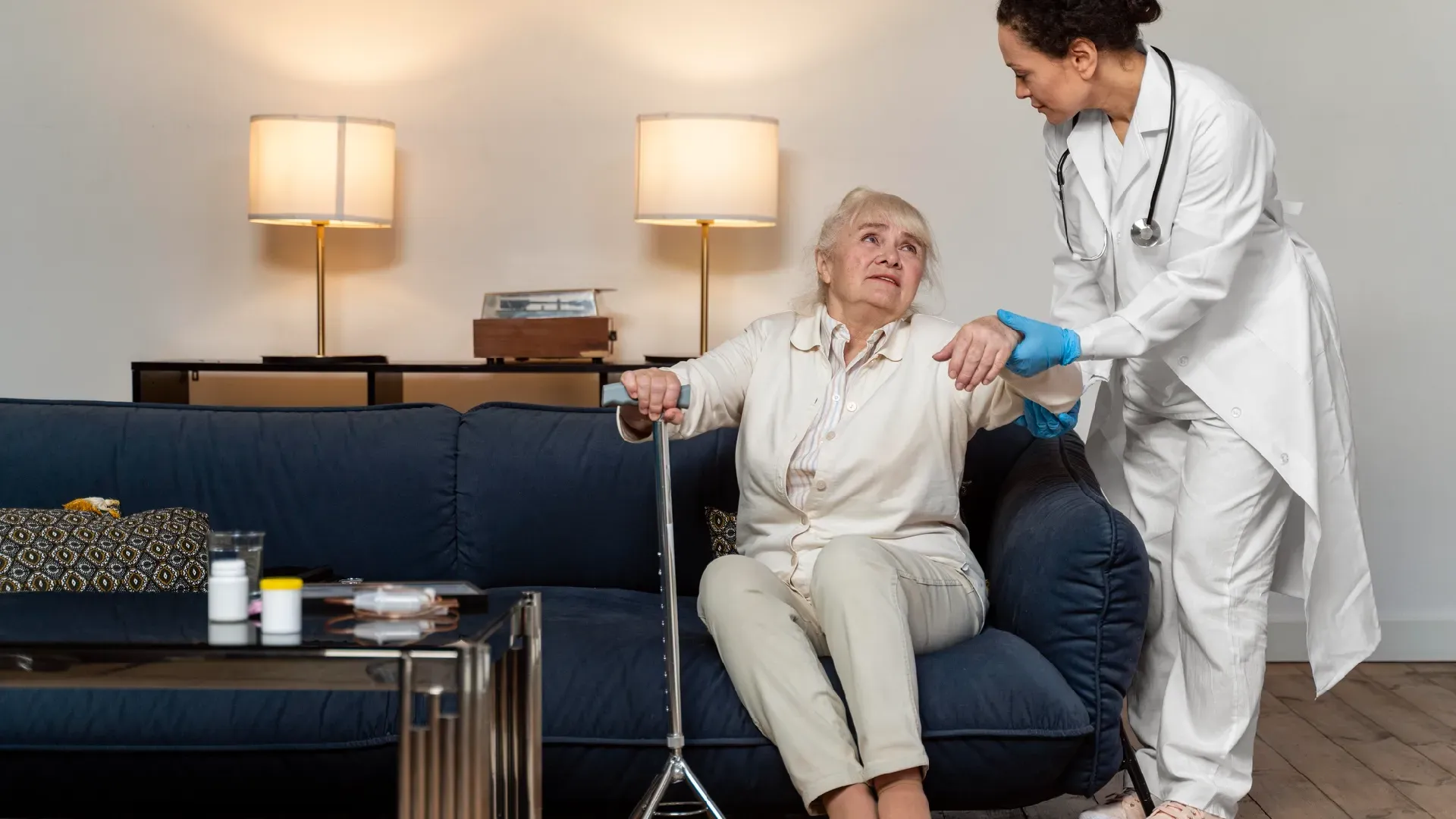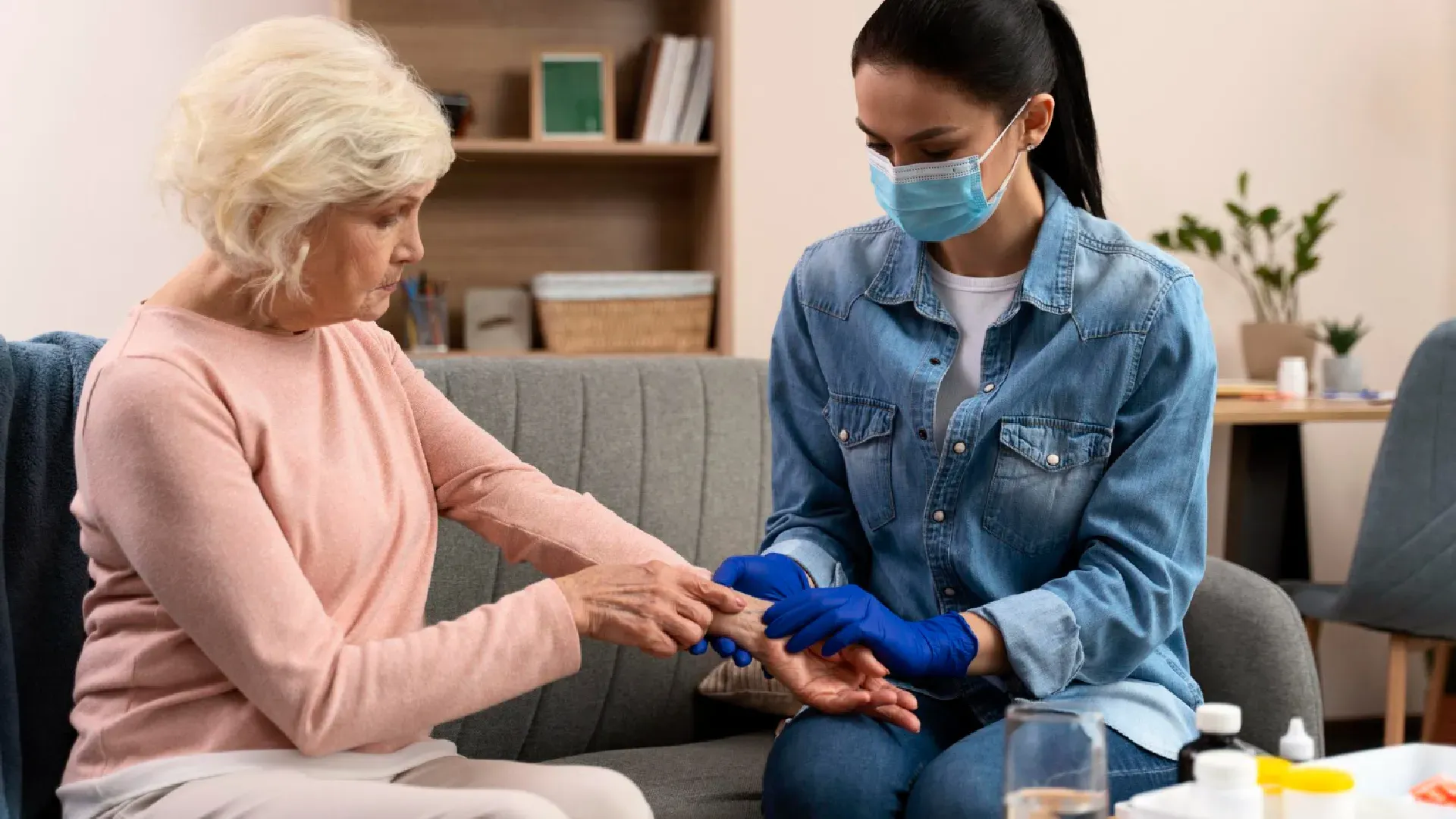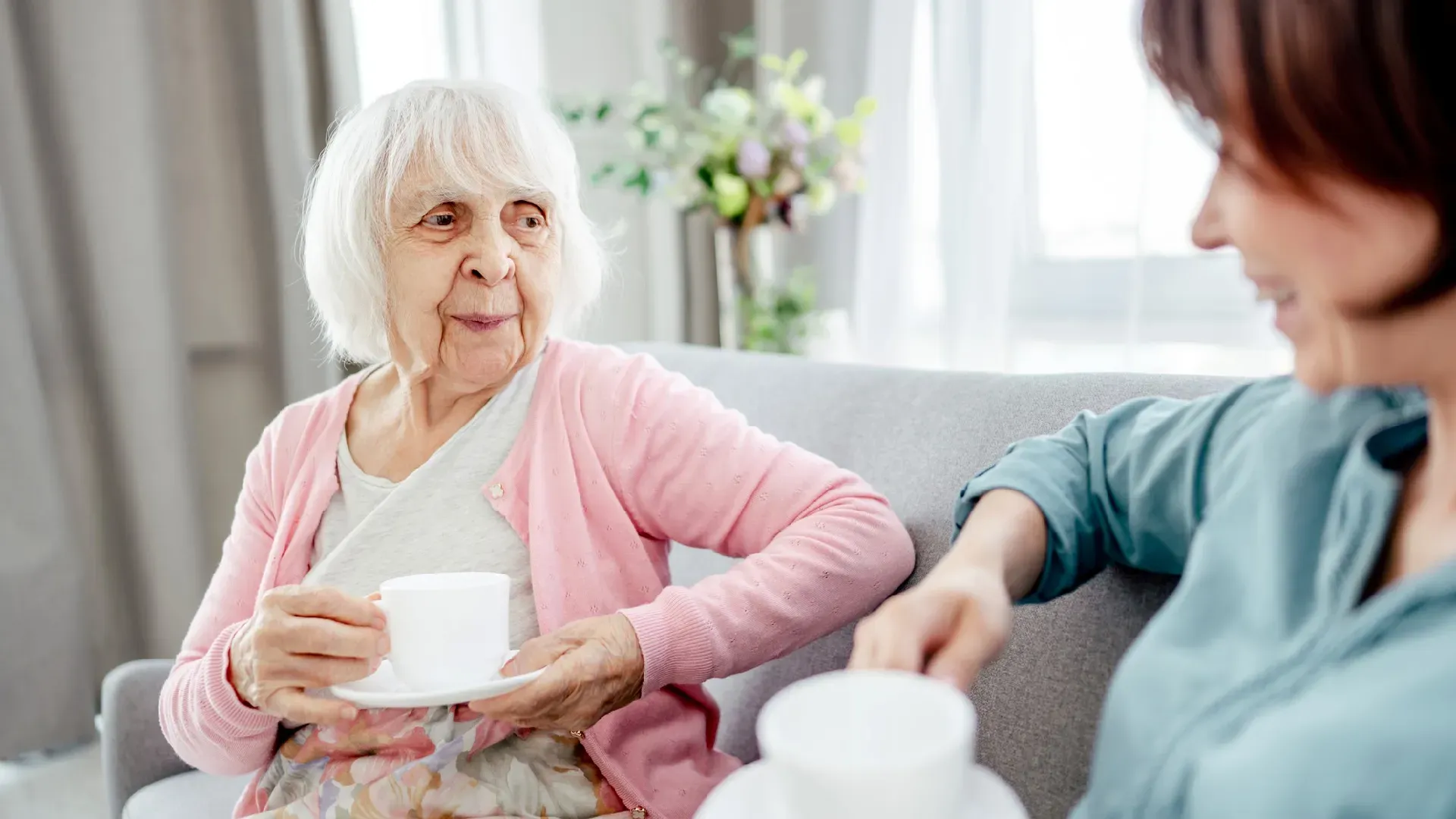Strategies for Preventing Social Isolation in Bedridden Elderly Individuals
As individuals age, their health may decline, leading to limitations in mobility and independence. For those who are bedridden, the challenges of social isolation can be particularly daunting. Social isolation can have detrimental effects on both the physical and mental well-being of elderly individuals. However, with effective communication strategies, caregivers can help prevent social isolation and improve the quality of life for bedridden elderly individuals. In this article, we will explore several strategies that caregivers can employ to promote social engagement and prevent social isolation in bedridden elderly care.
- Establishing a Rapport
Building a positive and trusting relationship with bedridden elderly individuals is crucial. By establishing a rapport, caregivers can create a safe and comfortable environment that encourages open communication. Taking the time to get to know the individual, their preferences, and their life history can help caregivers tailor their approach and provide personalised care.
- Using Non-Verbal Communication
Communication is not limited to verbal exchanges. Non-verbal cues such as facial expressions, gestures, and touch can convey warmth, empathy, and understanding. Caregivers can use gentle touch, maintain eye contact, and display a warm and friendly demeanour to show their support and connect with bedridden elderly individuals.
- Using Clear and Simple Language
When communicating with bedridden elderly individuals, it is important to use clear and simple language. Avoid using jargon or complex medical terms that may confuse or overwhelm them. Speak slowly and clearly, allowing them ample time to process information and respond. Using visual aids, such as pictures or written instructions, can also enhance understanding.
- Practising Active Listening
Active listening involves giving full attention to the person speaking, acknowledging their feelings, and responding compassionately. Caregivers should actively listen to the concerns, fears, and desires of bedridden elderly individuals. This not only fosters a sense of validation and importance but also helps identify their social needs and preferences.
- Providing Emotional Support
Being bedridden can lead to feelings of loneliness, helplessness, and depression. Caregivers can provide emotional support by offering a listening ear, showing empathy, and engaging in meaningful conversations. Encouraging reminiscing, sharing stories, or engaging in activities that the individual enjoys can help uplift their spirits and combat social isolation.
- Involving the Patient in Decision-Making
In order to prevent social isolation, it is important to involve bedridden elderly individuals in decision-making processes regarding their care and daily routines. By seeking their input and actively involving them in decision-making, caregivers can empower them and foster a sense of control, dignity, and independence.
- Using Technology to Facilitate Communication
Technology can be a powerful tool in bridging the gap between bedridden elderly individuals and the outside world. Caregivers can utilise video calls, social media platforms, and online support groups to help them stay connected with family, friends, and the broader community. This not only provides social interaction but also helps combat feelings of isolation and loneliness.
Effective communication plays a vital role in preventing social isolation in bedridden elderly individuals. By promoting social engagement and connection, caregivers can ensure that bedridden elderly individuals feel valued, supported, and connected to the world around them.













